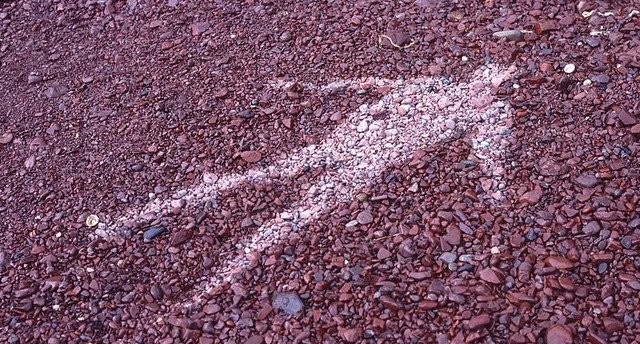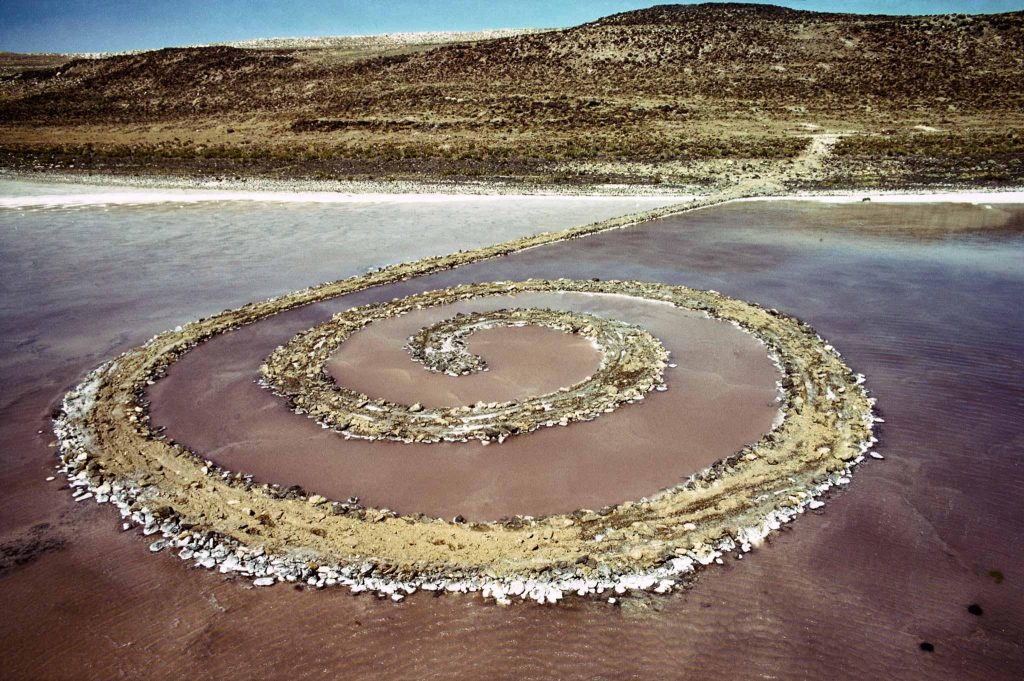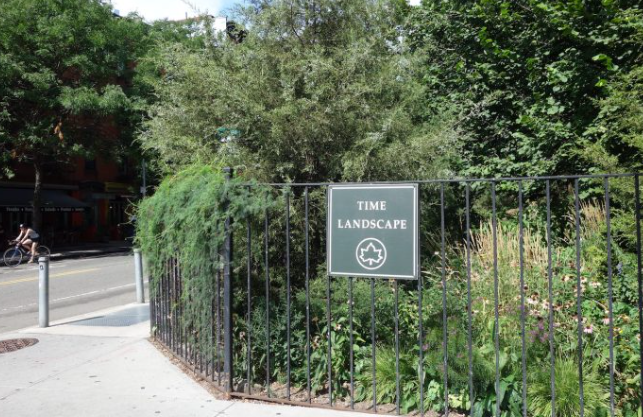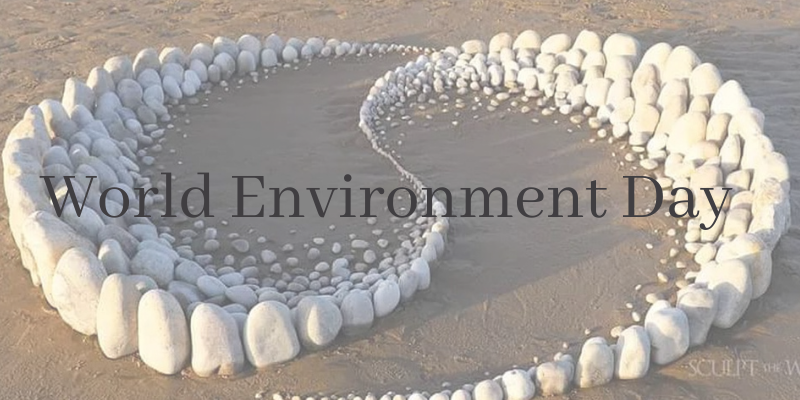Vaishnavi Srivastava
June 5th marks World Environment Day, a day dedicated to raising awareness and encouraging action for the protection and preservation of our planet. As we reflect on the importance of environmental conservation, it is worth exploring the unique and thought-provoking realm of art and its relationship with nature. In particular, the artistic movement known as Land Art has captivated audiences worldwide with its profound connection to the environment. Artists like Andy Goldsworthy, Robert Smithson, and Alan Sonfist have not only created stunning artworks but have also sparked conversations about the fragility of our ecosystems and the need for sustainable practices.
Andy Goldsworthy is a renowned British sculptor and photographer whose work revolves around the ephemeral and the transient. He often utilizes natural materials found in the environment, such as leaves, stones, and ice, to create breathtaking installations that seamlessly blend into their surroundings. Goldsworthy’s creations invite viewers to contemplate the beauty of nature and the impermanence of life. By working with organic materials, he emphasizes the interconnectedness of human beings and the natural world. One of his notable works is “Rain Shadows,” where he lay down on the ground and allowed rain to fall on his body, leaving a temporary imprint on the earth. Through such interventions, Goldsworthy encourages us to appreciate the delicate balance of nature and the significance of preserving it.

Courtesy: LinkedIn
Robert Smithson, an American artist, was a key figure in the development of Land Art during the late 1960s and early 1970s. His most iconic work, “Spiral Jetty,” exemplifies the essence of Land Art. Located in the Great Salt Lake, Utah, this monumental earthwork consists of a 1,500-foot-long coil-shaped jetty made from rocks, earth, and salt crystals. Smithson’s artwork serves as a testament to the dynamic relationship between art and the natural world. It not only transforms the landscape but also changes with the ebb and flow of the tides. “Spiral Jetty” reminds us of the interconnectedness of geological processes and human intervention, urging us to consider our impact on the environment.

Courtesy: Holt/Smithson Foundation
Alan Sonfist, an American sculptor and pioneer of environmental art, is recognized for his work involving the reclamation and restoration of urban ecosystems. His notable piece, “Time Landscape,” located in New York City, is a re-creation of the pre-colonial landscape that once existed in the area. Sonfist meticulously researched the native flora and fauna of the region and planted them within a three-dimensional grid to recreate the forest that once thrived there. By reintroducing nature into an urban setting, Sonfist aims to prompt viewers to reflect on the history of the land and its transformation due to human activities. His work serves as a powerful reminder of the importance of preserving natural habitats and the biodiversity they support.

Courtesy: Hyperallergic
Land Art, as a movement, challenges traditional notions of art confined within gallery walls. It encourages artists to engage directly with the environment, often on a monumental scale. These artworks not only celebrate the beauty of nature but also raise questions about humanity’s impact on the planet. They invite viewers to reassess their relationship with the natural world and consider sustainable practices that promote harmony and preservation.
On this World Environment Day, let us draw inspiration from artists like Andy Goldsworthy, Robert Smithson, and Alan Sonfist, who have dedicated their creativity to capturing the essence of nature and advocating for its protection. Through their artworks, they remind us that the environment is not merely a backdrop for artistic expression but an integral part of our existence.





